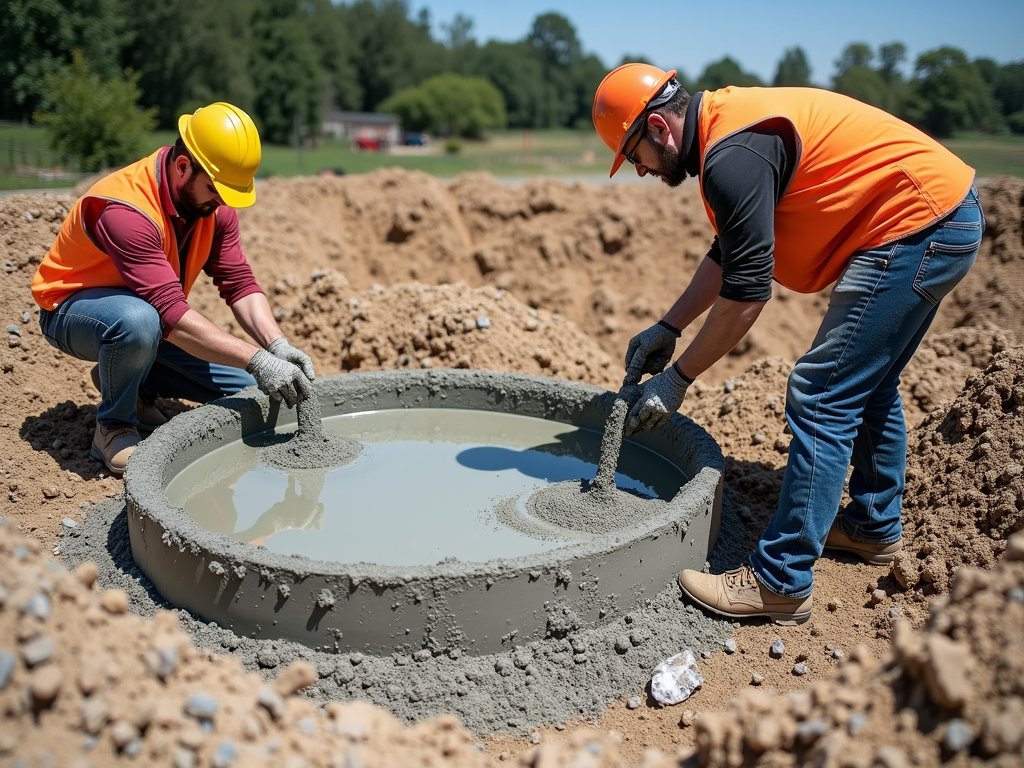Understanding the Basics of Eco-Friendly Building
Eco-friendly building, also known as green building, is the practice of designing, constructing, and operating buildings in a way that minimizes their environmental impact. This includes using sustainable materials, reducing energy consumption, and creating healthy indoor environments. Green buildings are not only better for the environment but also for the people who live and work in them. They can improve air quality, reduce utility bills, and even increase property values.
With the growing concern about climate change and environmental degradation, eco-friendly building has become increasingly important. Buildings account for a significant portion of global energy consumption and greenhouse gas emissions. By adopting green building practices, we can reduce our carbon footprint and create a more sustainable future. Moreover, eco-friendly buildings can provide numerous benefits to occupants, such as improved health and well-being, increased productivity, and enhanced comfort.

Building codes are regulations that set minimum standards for the design, construction, and operation of buildings. They are essential for ensuring the safety, health, and welfare of building occupants. In recent years, many jurisdictions have introduced building codes specifically for green buildings. These codes aim to promote sustainable construction practices and reduce the environmental impact of buildings.
To meet building codes for green buildings, architects, engineers, and builders need to consider various factors such as energy efficiency, water conservation, indoor air quality, and the use of sustainable materials. For example, some building codes may require a certain level of energy efficiency, measured by metrics like the Energy Star rating or the Leadership in Energy and Environmental Design (LEED) certification. Other codes may mandate the use of low-flow plumbing fixtures to conserve water or specify the minimum amount of recycled content in building materials.
It's crucial for professionals in the construction industry to stay up-to-date with the latest building codes and regulations to ensure compliance and avoid costly penalties.
The foundation is a critical component of any building, as it supports the entire structure and transfers loads to the ground. In eco-friendly building, foundation design plays a vital role in minimizing environmental impact and maximizing energy efficiency.
One approach to sustainable foundation design is to use materials with low embodied energy, such as recycled concrete or fly ash. Embodied energy refers to the total energy required to produce a material, including extraction, processing, and transportation.

Another strategy is to optimize the foundation's thermal performance. For example, using insulated concrete forms (ICFs) can help reduce heat loss and improve energy efficiency. Additionally, foundation design can incorporate features that promote water conservation and management, such as permeable pavements or rainwater harvesting systems.
When designing foundations for eco-friendly buildings, it's essential to consider the site's specific conditions, such as soil type, climate, and topography. This can help minimize the environmental impact and ensure the foundation's long-term durability.
Green buildings are designed to minimize energy consumption through various strategies, such as passive solar design, high-performance insulation, and energy-efficient appliances and lighting.
Eco-friendly buildings incorporate water-saving features, such as low-flow fixtures, greywater recycling, and rainwater harvesting systems.
Green buildings prioritize healthy indoor environments by using low-VOC (volatile organic compound) materials, proper ventilation, and air filtration systems.
Eco-friendly buildings use materials that are renewable, recycled, or have low environmental impact, such as bamboo, reclaimed wood, or recycled steel.
Green building practices aim to minimize waste during construction and operation, through strategies like modular construction, recycling, and composting.
Eco-friendly buildings are often located in areas that promote sustainable transportation, such as near public transit or bike paths, and are designed to minimize disruption to natural habitats.
As someone who has been involved in the construction industry for several years, I've seen firsthand the growing interest in eco-friendly building practices. More and more clients are requesting green features in their projects, not only to reduce their environmental impact but also to save on long-term operating costs.
One project that stands out in my mind is a residential development where we incorporated several sustainable design elements. We used recycled materials for the foundation, installed solar panels for energy generation, and implemented a rainwater harvesting system for irrigation. The result was a beautiful, energy-efficient home that not only met the client's needs but also exceeded their expectations in terms of sustainability.
This experience reinforced my belief in the importance of eco-friendly building and the positive impact it can have on both individuals and the environment.
And as a takeaway for homeowners, here are some simple tips for making your current residence more eco-friendly: 1. Install energy-efficient appliances and lighting. 2. Use low-flow showerheads and faucets to conserve water. 3. Seal air leaks and add insulation to improve energy efficiency. 4. Choose eco-friendly cleaning products and avoid harsh chemicals. 5. Plant native vegetation to reduce water usage and support local ecosystems.





